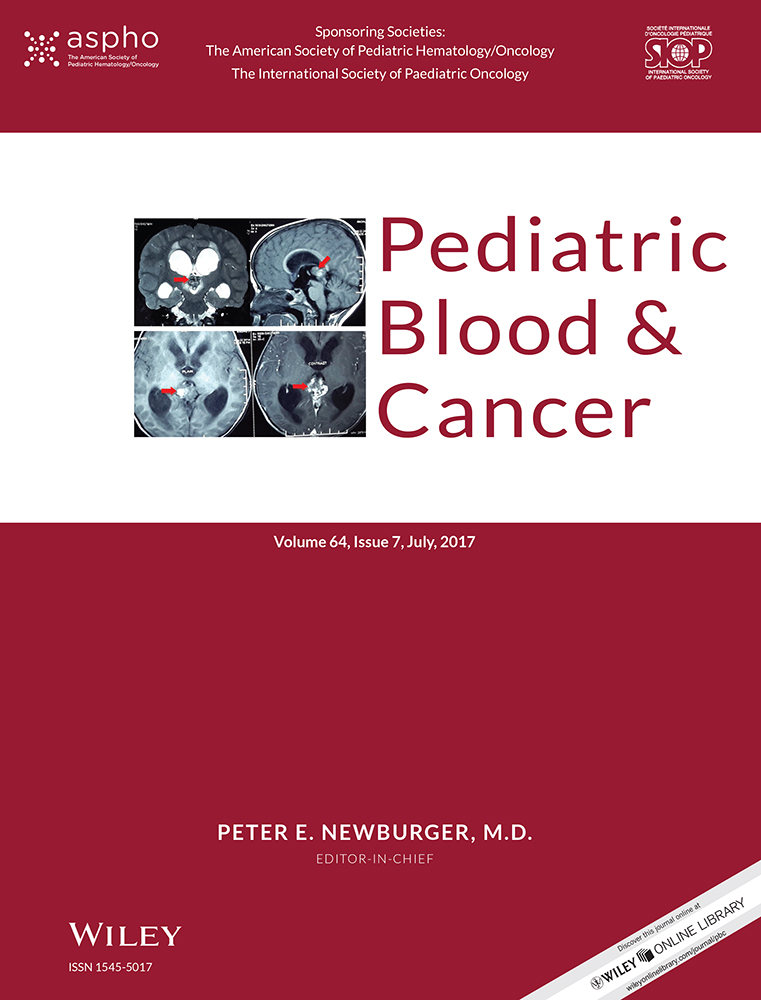The role of immunoglobulin prophylaxis for prevention of cytomegalovirus infection in pediatric hematopoietic stem cell transplantation recipients
Abstract
Background
Following cessation of intravenous immunoglobulin (IVIg) administration for allogeneic hematopoietic stem cell transplantation (HSCT) recipients at our unit, we observed a sharp decline in the incidence of cytomegalovirus (CMV) infection.
Procedure
We conducted a retrospective study of the role of IVIg in the prevention of CMV infection in children and young adults who underwent HSCT from matched related donor.
Results
We included 109 patients (IVIg+/IVIg– ratio 82/27). Median age was 8.5 years. Patients were transplanted for malignant (59.7%) and nonmalignant diseases (40.3%) with myeloablative, reduced-intensity, and nonmyeloablative conditioning in 76, 22, and 2% of the transplants, respectively. Graft sources were peripheral blood stem cells, bone marrow, and cord blood in 58.7, 39.4, and 2%, respectively. The cumulative incidence of CMV infection at 1 year after HSCT was significantly higher in the cohort that did not receive IVIg compared with the one that did (44.4% vs. 13.4%, respectively, P = 0.001). Significant risk factor for CMV infection in the cohort not receiving IVIg was conditioning with total body irradiation (TBI) (87.5% in TBI+ vs. 26.3% in TBI-, P = 0.003).
Conclusions
We conclude that children and young adults who undergo HSCT with TBI may need a preemptive regimen of anti-CMV treatment, if they do not get IVIg prophylaxis.




